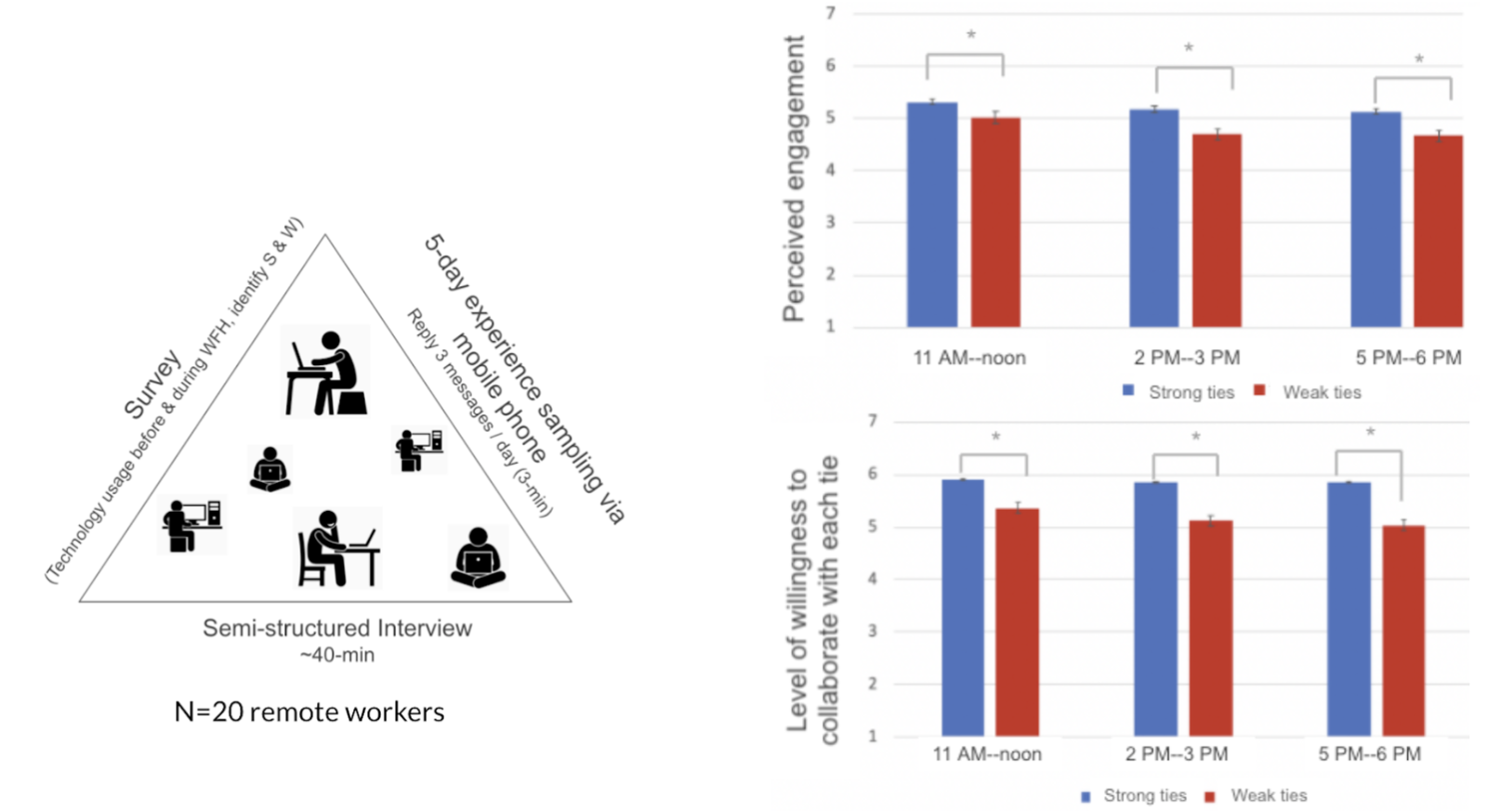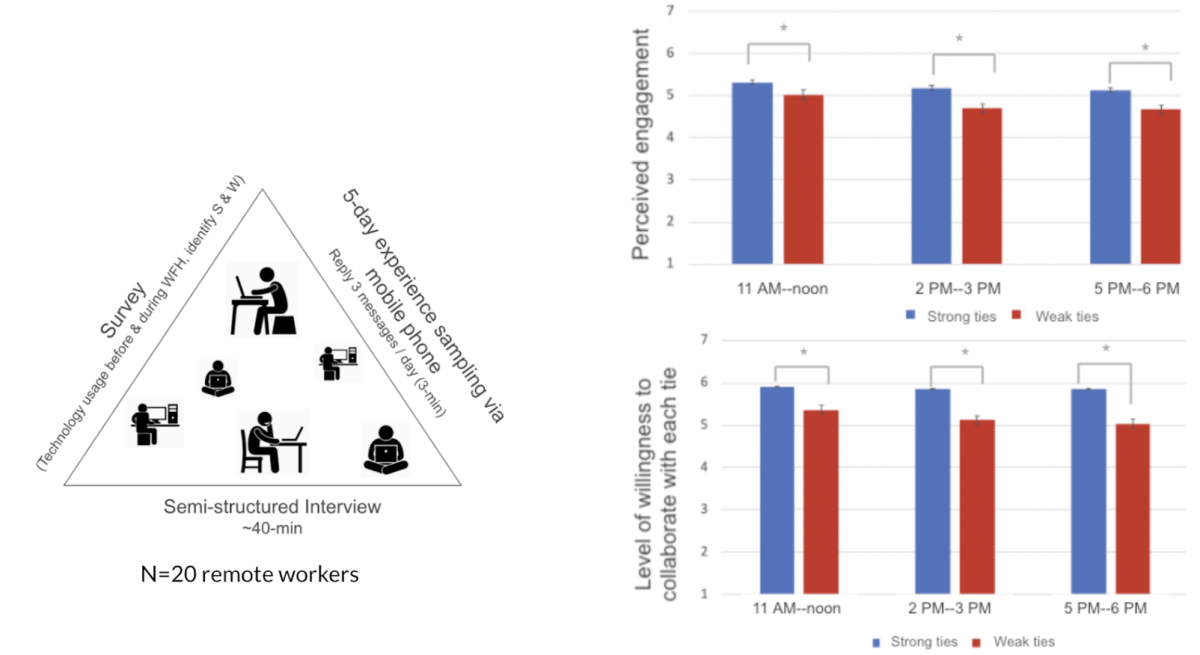第2回GCLSプレゼンコンペ受賞者寄稿 Chi-Lan Yangさん

第2回GCLSプレゼンコンペティションでMichele賞を受賞されたChi-Lan Yangさんに研究紹介の記事を寄稿いただきました。
自己紹介
東京大学大学院学際情報学府博士課程2年のヤンチーランと申します。
My research interests lie in computer-mediated communication (CMC) and computer-supported cooperative work (CSCW). Specifically, I investigate how remote workers misassociate social cues with the impression of their remote colleagues when interacting with each other over information technologies.
受賞の感想
It is my pleasure that the contribution of our research can be recognized. I am grateful that our work could raise some awareness about how remote working influences our perception of remote colleagues. Hope this study could raise more attention from the researchers and practitioners to support relationship maintainance among weakly-connected remote colleagues.
プレゼンの概要
Due to the influence of the pandemic, more and more workers started to work from home. Unlike in the physical workplaces where everyone has rich social cues to know the working status of each other, e.g., who’s in the meeting, who’s working on what projects, there were limited social cues during remote working. All the information we received from remote colleagues was mediated by information technologies.
Strong tie and weak tie in workplace
Among workplace collaboration, we not only have strong ties, who interact with us frequently but also have weak ties, who have fewer interactions with us. We shared common ground with strong ties and provide social support to each other. On the other hand, although we shared fewer similarities with weak ties, weak ties could bring new ideas and perspectives to the team. When workers could only receive limited cues from each other during working from home, it is unknown how workers’ perceptions about their respective ties would change. Would workers’ perception of each tie become polarized or become leveled?
Workers perceived their weak ties were less engaged than strong ties during working from home
We conducted a five-day experience sampling study combined with a survey and interview with twenty remote workers. The result showed that workers perceived their weak ties were less engaged than strong ties during working from home, and they showed less willingness to collaborate with weak ties than strong ties. Survey and interview results revealed that due to the different interaction patterns with respective ties, workers tend to misassociate weak ties’ silence in the meeting, the late reply of the email, or non-response in the discussion thread with low engagement.

Fig.1. Left: We conducted a mixed-method study to answer our research questions. Right: Blue bar shows the workers’ perceptions about their strong ties, whereas the red bar indicates their perceptions about weak ties. The bar chart on the top shows workers’ perceived engagement, while the bottom bar chart shows workers’ willingness to collaborate with respective ties.
Enhancing awareness of weakly-connected colleagues in remote workplaces
One of the takeaways from the study is that we need to enhance awareness of weak ties when working from home. Most of the studies about remote collaboration focused on supporting remote collaboration among strong ties. However, our study pointed out that weak ties need special attention when designing information technologies for remote collaboration. Weak ties, such as newcomers or potential collaborators, can bring new connections and new ideas to the team. It is essential for researchers and practitioners to design features that enhance weak ties’ social presence in remote communication systems.
プレゼンの工夫
I tried to use pictures to explain the study and highlight key messages in each slide because the background knowledge of the audience was diverse. I tried to use images and examples to engage audiences and help people understand the contents. I can only present in English, therefore, I also tried to include Japanese translation in each slide to help readers quickly grasp the main idea of every slide. Before making the slides, I checked the review criteria sent by the organization. The rubrics were very helpful, they guided me to prepare presentation slides, for example, the contents need to be easy to understand, the presentation time should be controlled well.